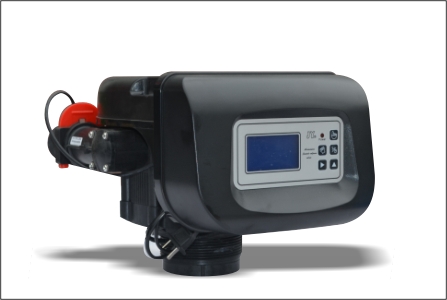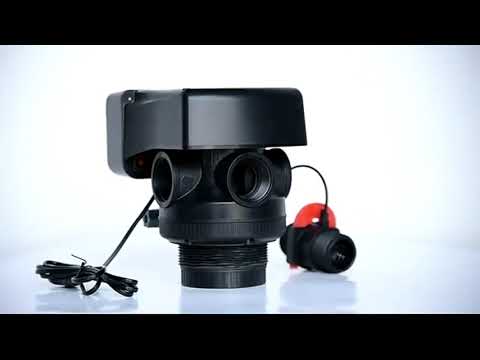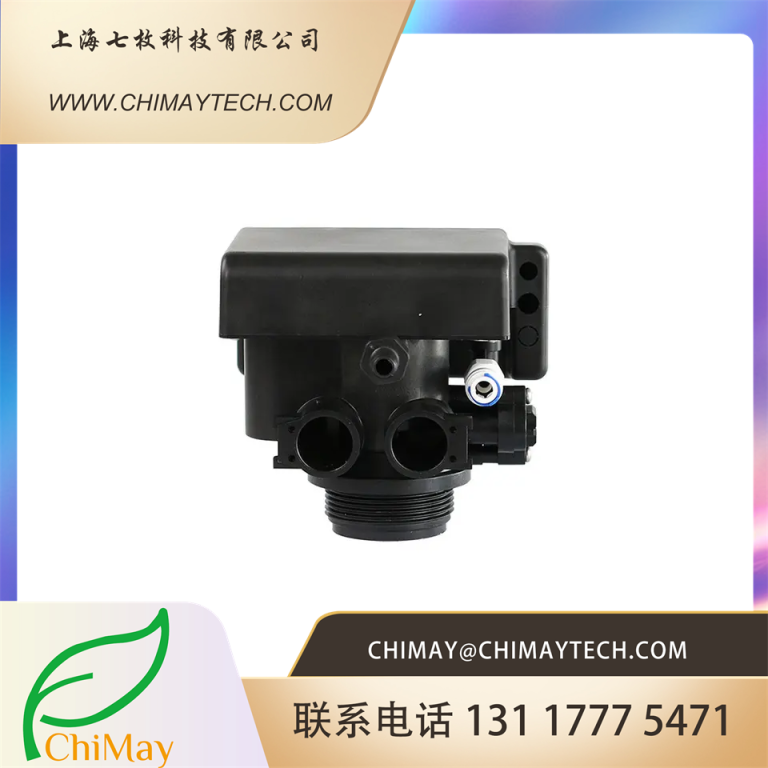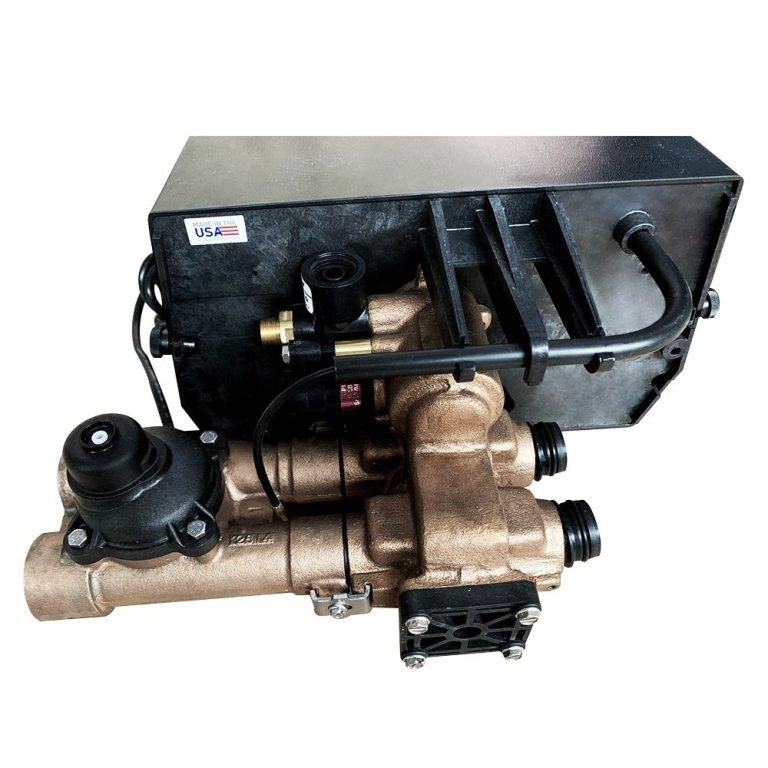Reverse pressure softening: Relieving tension, one gentle touch at a time.
Table of Contents
Benefits of Reverse Pressure Softening for Breastfeeding Mothers
Breastfeeding is a natural and beneficial way for mothers to nourish their babies. However, it can also come with its own set of challenges, one of which is dealing with engorgement. Engorgement occurs when the breasts become overly full of milk, causing discomfort and making it difficult for the baby to latch on properly. This can be a frustrating and painful experience for many breastfeeding mothers.
One technique that has been found to be effective in relieving engorgement is reverse pressure softening. Reverse pressure softening is a gentle and non-invasive method that can help to reduce the swelling and firmness of engorged breasts, making it easier for the baby to latch on and feed comfortably.
The process of reverse pressure softening involves applying gentle pressure around the areola, the dark area surrounding the nipple, in a circular motion. This helps to push the excess fluid in the breast tissue towards the nipple, where it can be easily removed by the baby during feeding. By doing this, reverse pressure softening can help to soften the breast tissue and make it easier for the baby to latch on and feed effectively.
One of the key benefits of reverse pressure softening is that it can help to prevent or alleviate nipple pain and damage. When the breasts are engorged, the nipples can become flattened and difficult for the baby to latch onto, leading to soreness and potential damage. By using reverse pressure softening to soften the breast tissue, the nipples can become more prominent and easier for the baby to latch onto, reducing the risk of pain and injury.
Another benefit of reverse pressure softening is that it can help to increase milk flow. When the breasts are engorged, the milk ducts can become compressed, making it difficult for the milk to flow freely. By using reverse pressure softening to reduce the swelling and firmness of the breasts, the milk ducts can become more open and allow for a better flow of milk. This can help to ensure that the baby is able to feed effectively and receive an adequate amount of milk.
In addition to these benefits, reverse pressure softening can also help to improve the overall breastfeeding experience for both the mother and the baby. By reducing engorgement and making it easier for the baby to latch on, reverse pressure softening can help to promote a more comfortable and successful breastfeeding relationship. This can lead to increased bonding between the mother and baby, as well as improved milk production and overall breastfeeding success.
Overall, reverse pressure softening is a simple and effective technique that can help to alleviate engorgement, prevent nipple pain and damage, increase milk flow, and improve the breastfeeding experience for both the mother and the baby. By incorporating reverse pressure softening into their breastfeeding routine, mothers can help to overcome the challenges of engorgement and enjoy a more comfortable and successful breastfeeding experience.
How to Perform Reverse Pressure Softening for Improved Milk Flow
Reverse pressure softening is a technique used by breastfeeding mothers to help improve milk flow and alleviate engorgement. This method involves applying gentle pressure to the areola to push excess fluid out of the milk ducts, making it easier for the baby to latch and feed effectively. By performing reverse pressure softening, mothers can prevent blocked ducts, mastitis, and other breastfeeding complications.
To perform reverse pressure softening, start by using your thumb and forefinger to gently press on the areola around the nipple. Apply enough pressure to indent the skin slightly, but be careful not to cause any pain or discomfort. Hold the pressure for about 30 seconds, then release and move to a different area of the areola. Repeat this process around the entire areola, focusing on areas that feel particularly firm or swollen.

This technique works by pushing excess fluid out of the milk ducts, allowing the milk to flow more freely during feeding. By softening the areola before latching, mothers can help their babies get a better latch and extract milk more efficiently. This can be especially helpful for babies who have difficulty latching due to engorgement or swollen breasts.
Reverse pressure softening can also be used to prevent blocked ducts and mastitis, two common breastfeeding issues that can be painful and disruptive. By regularly performing this technique, mothers can keep their milk ducts clear and prevent inflammation and infection. This can help maintain a healthy milk supply and ensure a positive breastfeeding experience for both mother and baby.
In addition to improving milk flow and preventing breastfeeding complications, reverse pressure softening can also provide relief for mothers experiencing engorgement or discomfort. By gently massaging the areola and pushing out excess fluid, mothers can reduce swelling and tenderness in the breasts. This can make breastfeeding more comfortable and enjoyable for both mother and baby.
It is important to note that reverse pressure softening should be done with care and caution. Mothers should always wash their hands before touching their breasts and ensure that their nails are trimmed to avoid scratching the skin. If any pain or discomfort is experienced during the process, mothers should stop immediately and consult with a lactation consultant or healthcare provider.
| Model | Category | Water Capacity m3/h | LCD | LED | ICON | DIODE |
| AF2 | automatic filter valve | 2 | O | O | O | O |
| AF2-H | Automatic Filter Valve | 2 | O | O | X | X |
| AF4 | Automatic Filter Valve | 4 | O | O | O | O |
| AF10 | Automatic Filter Valve | 10 | X | O | X | X |
Overall, reverse pressure softening is a simple yet effective technique that can help improve milk flow, prevent breastfeeding complications, and provide relief for engorged breasts. By incorporating this method into their breastfeeding routine, mothers can support their breastfeeding journey and ensure a positive experience for both themselves and their babies.







